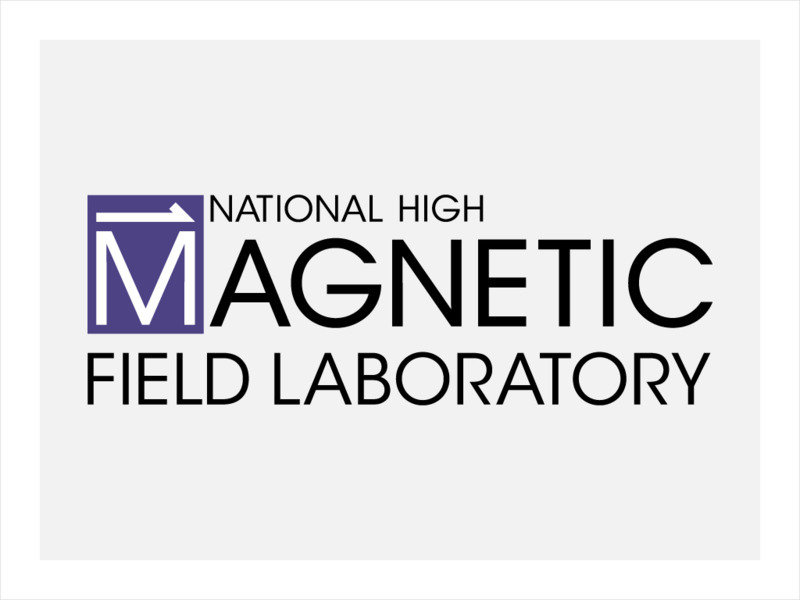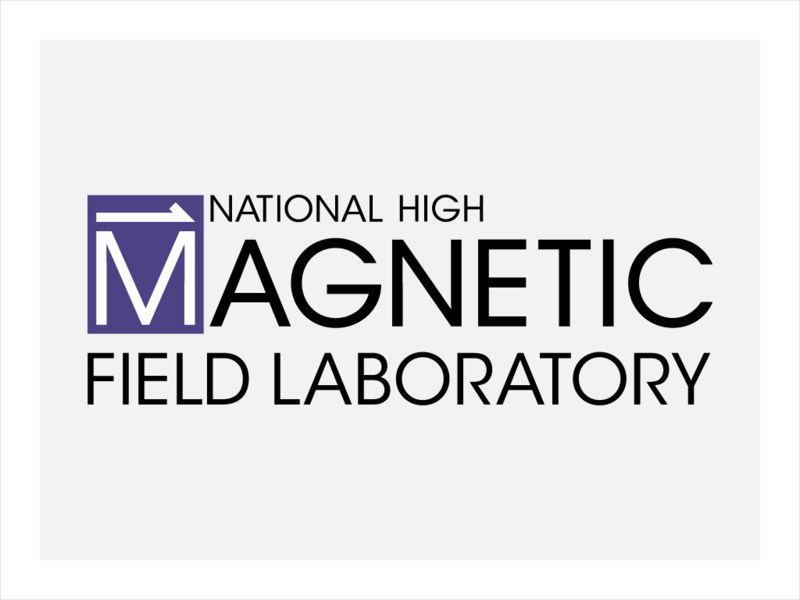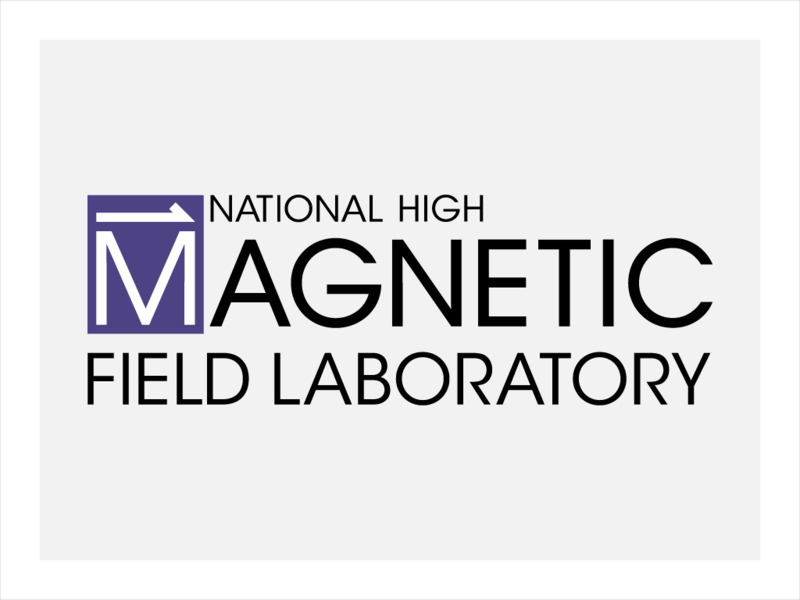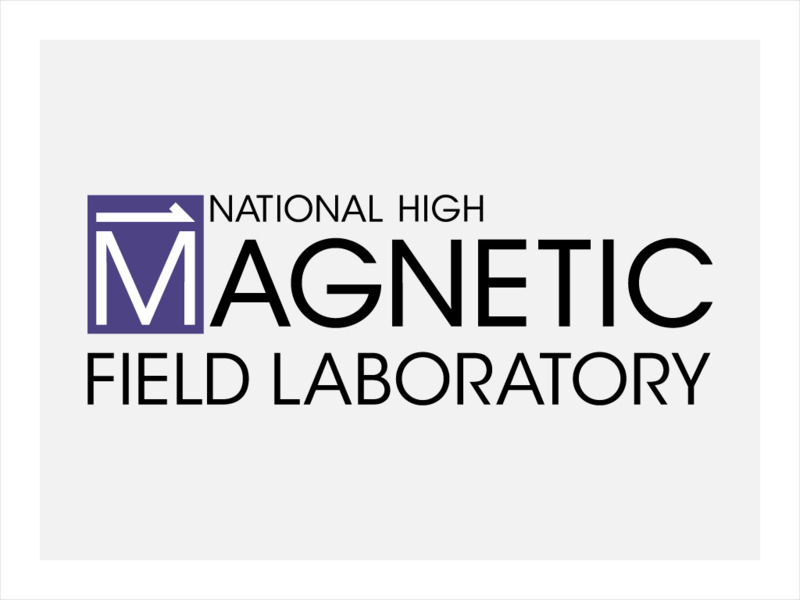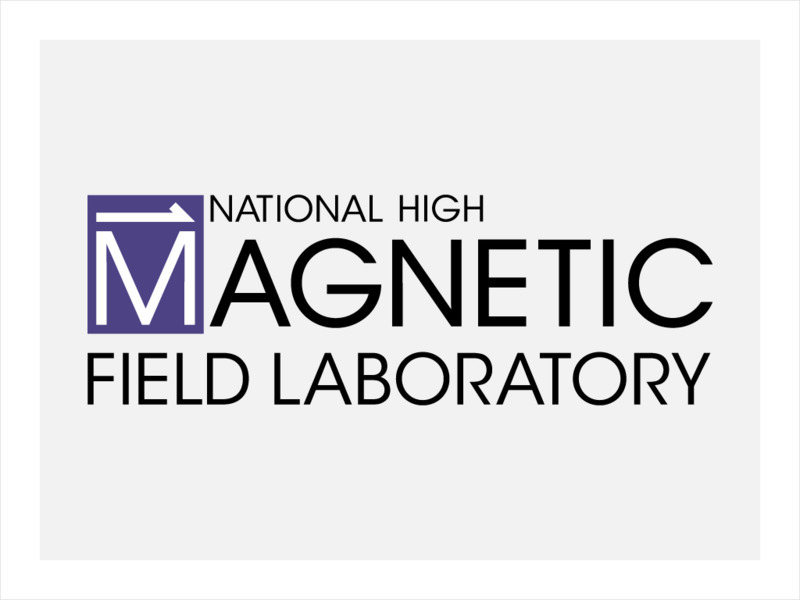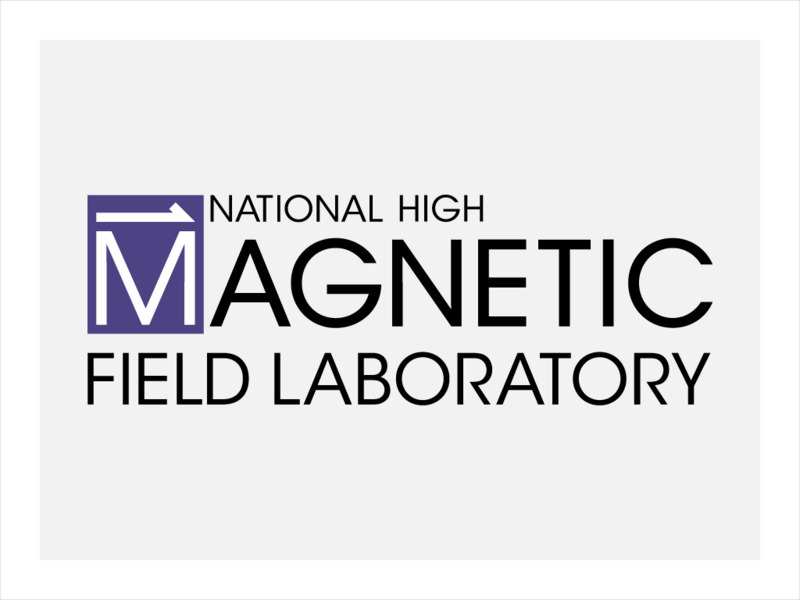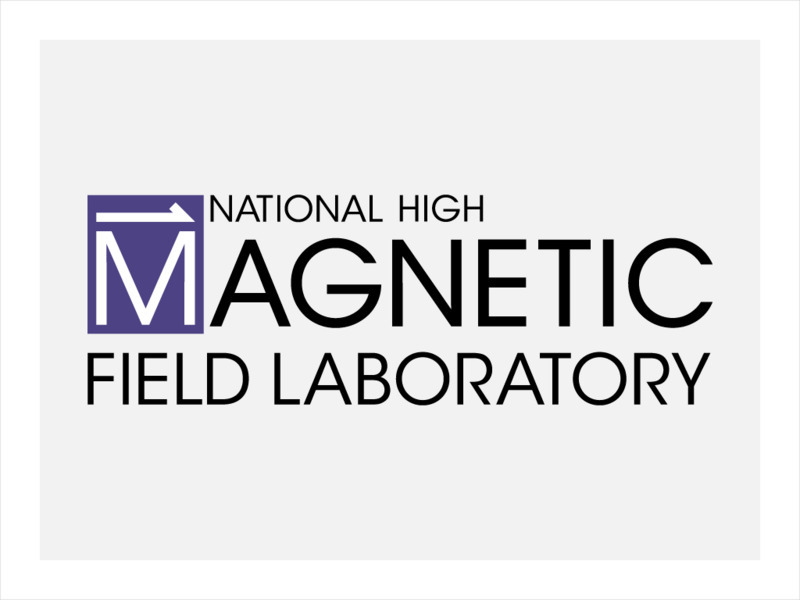Wikimedia
Wikipedia: Magnet
Wikipedia.com provides an excellent introductory site on magnets. Including basic information describing different types of magnets and their characteristics.
National High Magnetic Field Laboratory
Magnet Academy: Electrocardiograph 1903
If TV medical dramas have taught us anything, it's how to recognize the heart's characteristic peaks and valleys crawling across monitors in emergency rooms. These images represent the electrical activity of the beating heart as recorded...
National High Magnetic Field Laboratory
Magnet Academy: Joseph Henry
Joseph Henry was an American scientist who pioneered the construction of strong, practical electromagnets and built one of the first electromagnetic motors. During his experiments with electromagnetism, Henry discovered the property of...
National High Magnetic Field Laboratory
Magnet Academy: Edward Purcell
Edward Mills Purcell was an American physicist who received half of the 1952 Nobel Prize for Physics for his development of a new method of ascertaining the magnetic properties of atomic nuclei. Known as nuclear magnetic resonance...
National High Magnetic Field Laboratory
Magnet Academy: Georg Ohm
Georg Simon Ohm had humble roots and struggled financially throughout most of his life, but the German physicist is well known today for his formulation of a law, termed Ohm's law, describing the mathematical relationship between...
Discovery Education
Discovery Education: Build Your Own Perpetual Motion Machine [Pdf]
A instructional activity for students to explore the conversion of energy from electrical energy to kinetic energy by constructing a homopolar motor. Also by constructing the motor, students can investigate magnetism, electricity, and RPM.
National High Magnetic Field Laboratory
Magnet Academy: Isidor Isaac Rabi
Isidor Isaac Rabi won the Nobel Prize in Physics in 1944 for his development of a technique for measuring the magnetic characteristics of atomic nuclei. Rabi's technique was based on the resonance principle first described by Irish...
National High Magnetic Field Laboratory
Magnet Academy: Anders Celsius
Anders Celsius is most familiar as the inventor of the temperature scale that bears his name. The Swedish astronomer, however, also is notable as the first person to make a connection between the radiant atmospheric phenomenon known as...
National High Magnetic Field Laboratory
Magnet Academy: Magnetic Core Memory 1949
At the dawn of the computer age, magnetic core memory helped make data storage possible, and showed surprising staying power in a field where components are constantly being replaced by new and improved products.
National High Magnetic Field Laboratory
Magnet Academy: Oersted Satellite, 1999
Named in honor of Danish physicist Hans Christian Oersted, Denmark's first satellite has been observing and mapping the magnetic field of the Earth.
National High Magnetic Field Laboratory
Magnet Academy: Walther Meissner
Walther Meissner discovered while working with Robert Ochsenfeld that superconductors expel relatively weak magnetic fields from their interior and are strongly diamagnetic. This phenomenon, commonly known as the Meissner effect or the...
National High Magnetic Field Laboratory
Magnet Academy: Fluorescent Lamp 1934
Compared to incandescent lamps, fluorescent lamps last longer, require less energy and produce less heat, advantages resulting from the different way in which they generate light.
National High Magnetic Field Laboratory
Magnet Academy: Geiger Counter 1908
Counting alpha particles was tedious and time-consuming work, until Hans Geiger came up with a device that did the job automatically.
National High Magnetic Field Laboratory
Magnet Academy: Leclanche Cell 1866
With only minor changes to its original 1866 design, the Leclanche cell evolved into modern alkaline batteries and the most popular household battery to date.
National High Magnetic Field Laboratory
Magnet Academy: Iconoscope 1923
American inventor Vladimir Zworykin, the "father of television," conceived two components key to that invention: the iconoscope and the kinescope.
National High Magnetic Field Laboratory
Magnet Academy: Pacemaker 1960
Many heads, hands and hearts contributed to the development of this lifesaving device.
National High Magnetic Field Laboratory
Magnet Academy: Morse Telegraph 1844
The man most commonly associated with the telegraph, Samuel Morse, did not invent the communications tool. But he developed it, commercialized it and invented the famous code for it that bears his name.
National High Magnetic Field Laboratory
Magnet Academy: Walter Brattain (1902 1987)
Walter Houser Brattain discovered the photo-effect that occurs at the free surface of a semiconductor and was co-creator of the point-contact transistor, which paved the way for the more advanced types of transistors that eventually...
National High Magnetic Field Laboratory
Magnet Academy: Gerd Binnig
Gerd Binnig co-developed the scanning tunneling microscope (STM) with Heinrich Rohrer. The STM allowed scientists entry into the atomic world in a new way and was a major advance in the field of nanotechnology. For their achievement,...
National High Magnetic Field Laboratory
Magnet Academy: Murray Gell Mann
Murray Gell-Mann is a theoretical physicist who won the Nobel Prize for Physics in 1969 for his contributions to elementary particle physics. He is particularly well known for his role in bringing organization into the world of subatomic...
National High Magnetic Field Laboratory
Magnet Academy: Lev Davidovich Landau
While growing up in the Soviet Union, Lev Landau was so far ahead of his classmates that he was ready to begin college at age 13. His parents noticed a particular gift for math in their young son, who was considered a prodigy. It came as...
National High Magnetic Field Laboratory
Magnet Academy: Jack Kilby
The integrated circuit fueled the rise of microelectronics in the latter half of the twentieth century and paved the way for the Information Age. An American engineer, Jack Kilby, invented the integrated circuit in 1958, shortly after he...
National High Magnetic Field Laboratory
Magnet Academy: Karl Jansky
Karl Jansky discovered extraterrestrial radio waves while investigating possible sources of interference in shortwave radio communications across the Atlantic for Bell Laboratories, and is often known as the father of radio astronomy....
National High Magnetic Field Laboratory
Magnet Academy: Wolfgang Pauli
Austrian-born scientist Wolfgang Ernst Pauli made numerous important contributions to twentieth-century theoretical physics, including explaining the Zeeman effect, first postulating the existence of the neutrino, and developing what has...
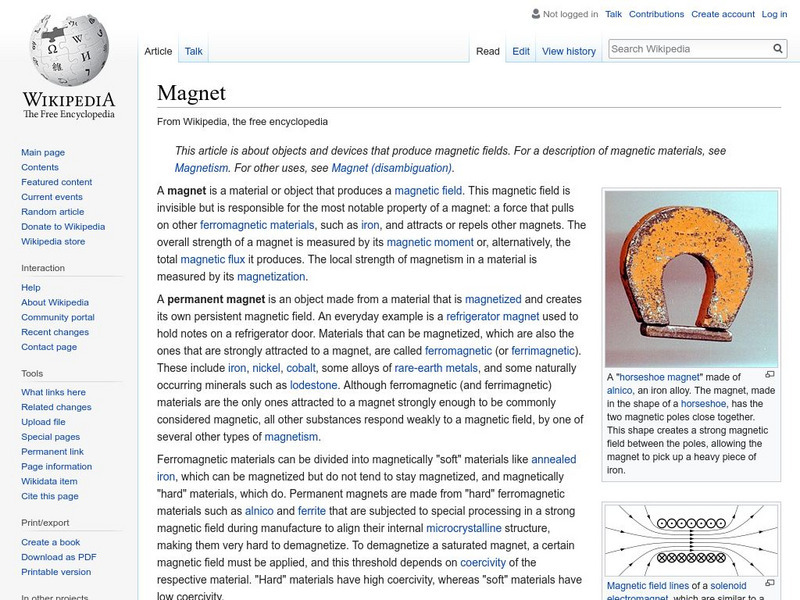
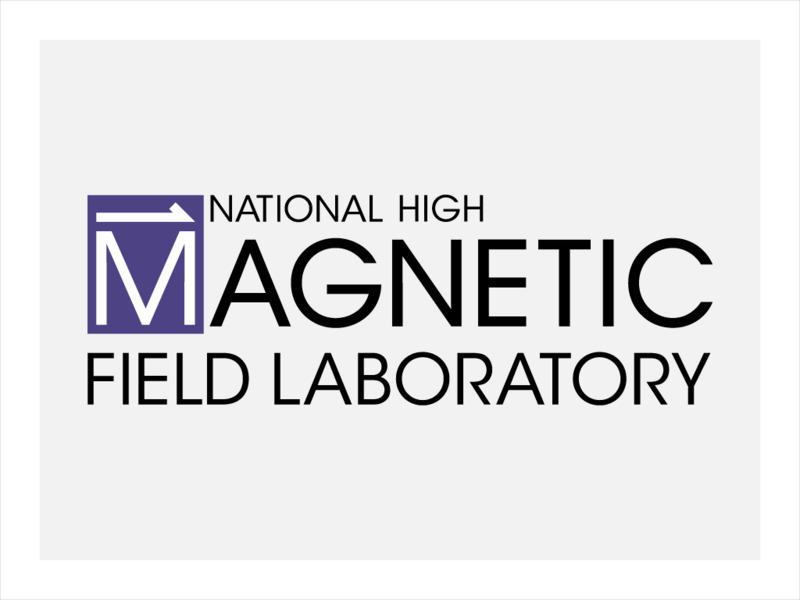

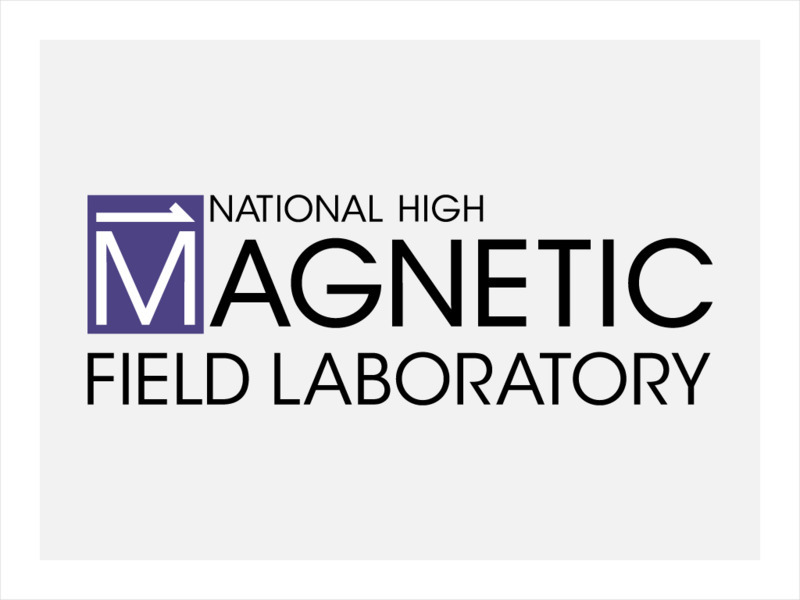
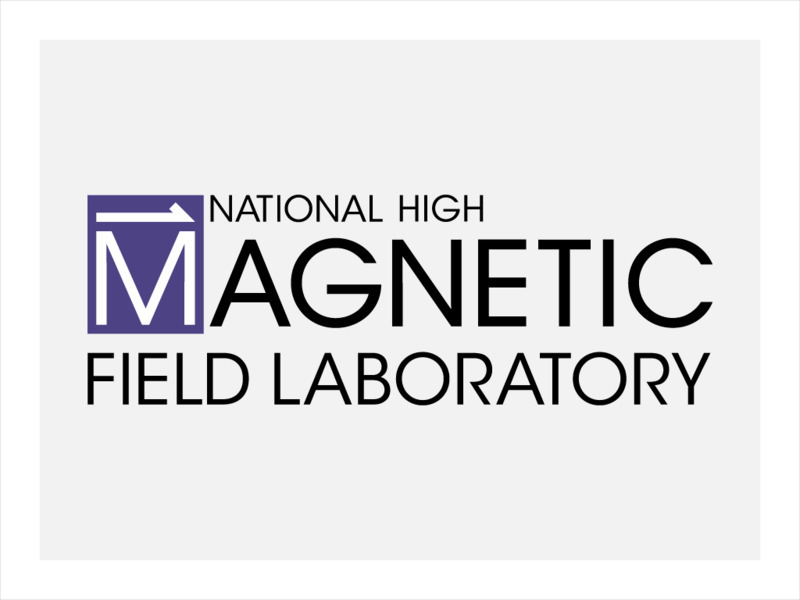
![Discovery Education: Build Your Own Perpetual Motion Machine [Pdf] Lesson Plan Discovery Education: Build Your Own Perpetual Motion Machine [Pdf] Lesson Plan](https://static.lp.lexp.cloud/images/attachment_defaults/resource/large/FPO-knovation.png)
